Six months of combined operations aboard HMS Prince of Wales have strengthened cooperation between British and Norwegian naval forces, the Royal Navy have stated.
The Norwegian frigate HNoMS Roald Amundsen has spent the past half-year as a key element of the UK Carrier Strike Group during Operation Highmast, providing protection for the Royal Navy’s flagship as the force deployed through the Mediterranean, Middle East, and Indo-Pacific.
Throughout the deployment, the Amundsen has embarked a Royal Navy Wildcat helicopter from 815 Naval Air Squadron, along with its flight crew and engineers from RNAS Yeovilton.
The team has operated as part of the Norwegian ship’s company, supporting missions across several regions, including Australia, Japan, and South Korea.
Commander Senior Grade Stian Schnelle, commanding officer of Roald Amundsen, described the experience as a successful demonstration of Anglo-Norwegian naval integration. “Working with the crew from the 815 Squadron has so far been a real pleasure, and is truly a proof of concept for Norwegian-UK cooperation,” he said. “They are true professionals and make a decisive contribution to make HNoMS Roald Amundsen a credible and effective contribution to the Carrier Strike Group and our mission.”
He added that the partnership had built momentum toward the future Type 26 frigate era, when both navies will operate UK-built warships in the North Atlantic. Oslo has ordered five of the same class, intended to patrol alongside Royal Navy vessels and allied P-8 maritime patrol aircraft.
UK Carrier Strike Group Commander Commodore James Blackmore said the collaboration had been “seamless”. “Their professionalism, skill and commitment to collective defence make them an integral part of the team,” he stated. “The integration of our Norwegian partners not only strengthens the group operationally but also demonstrates our collective resolve to uphold the security and stability of the North Atlantic as allies.”
The Royal Navy said recent years have seen closer cooperation with Norway across multiple domains, from Royal Marines’ annual Arctic training to joint operations involving patrol boats, Wildcats, and the testing of the Naval Strike Missile.
Commander Hjalmar Rasmussen, Amundsen’s executive officer, noted in the news release that the British helicopter team had been fully absorbed into life aboard. “The helicopter crew has grown to be part of the crew and fully included in everything on board,” he said. “There are surprisingly few cultural differences, and we really appreciate benefiting from their viewpoints on how to run a naval vessel and crew.”


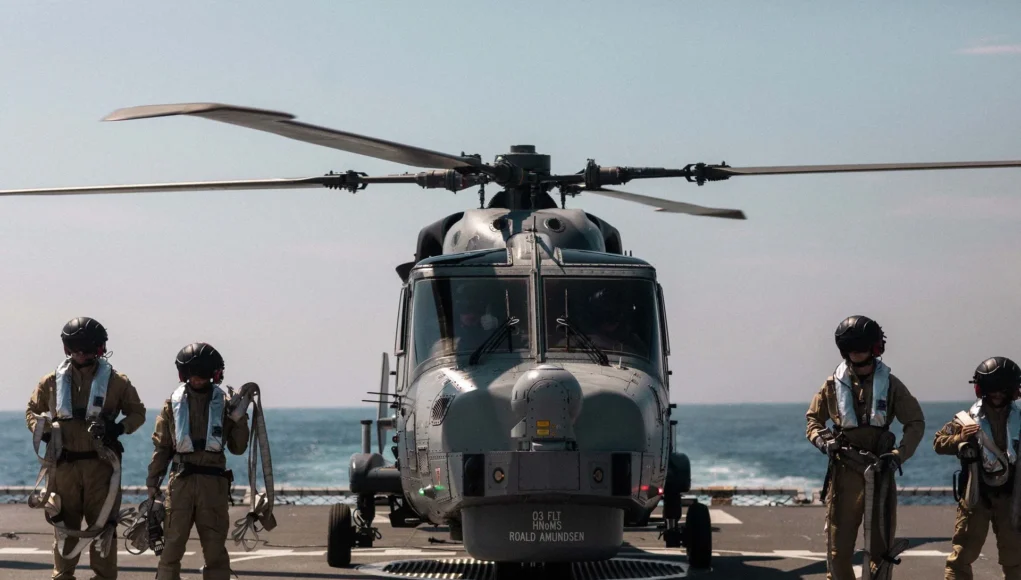

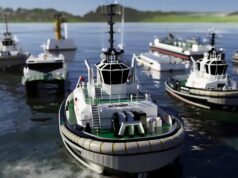


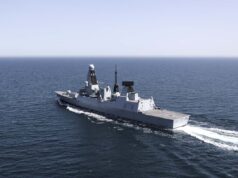

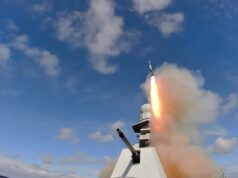
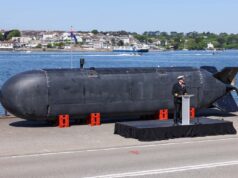
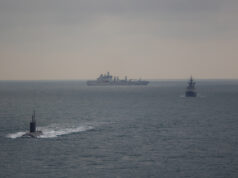
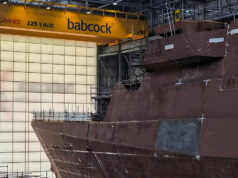

Seems to me to be the sort of thing we should be doing across the board with our Northern maritime allies. When push comes to shove the UK would have very little impact in the German theatre but would be crucial around the North Sea and from the Baltic around to the Greenland and Barents Seas, both at sea and on land..
We used to go to those (cough) German theatres. 👀
constant exercises in the northern flannels of the alliance are vital for controlling the russian northern fleet activity.. the new NATO nations have to be trained to be operative with navys that ha worked together for decades and can operate in a highly cohesive entity. the reeperbhann in Hamburg was a fabulous run ashore for young stokers like myself in the 1970*s
Exactly. Perhaps we should remember the past when Dutch and British fleets failed miserably in the early stages of WW2 against the Japanese due to a lack of coordination.
I think the same. I am in favour of elements of specialisation within NATO countries. You should first and foremost be able to protect your immediate vicinity. If you can do this confidently then you can look at how best to expand your role on a wartime budget. That’s not selfish because your own vicinity is still NATO and the primary reason for being in NATO is to protect ones self. For Britain specifically this would heavily trend towards the maritime and air domain but should also aim the keep the Russians out of Norway and away from the the North Sea coast.
I don’t like the idea of everyone sending penny packets of forces here there and everywhere. I much prefer the idea of concentrating national forces on focused tasks, keeping the forces as homogenous as possible and simplifying the supply of deployed formations.
constant exercises in the northern flannels of the alliance are vital for controlling the russian northern fleet activity.. the new NATO nations have to be trained to be operative with navys that ha worked together for decades and can operate in a highly cohesive entity.
I wonder if this is was necessitated by Norway’s capability gap of navalised helicopters after walking away from the NH90 due to its poor performance and availability. It will be years before all the replacement Seahawks can be delivered.
I’ve only seen mentioned that the Seahawks will be used by Norway’s coast guard, nothing so far being embarked on the frigates.
Then they definitely have a gap as all the NH90s have been withdrawn from service.
(Surprisingly their coastguard conduct ASW.)
Seems we’re lacking frigates, they’re lacking helicopters for their frigates.
The press releases are a bit contradictory, or written by someone who doesn’t know the difference between the Navy and Coastguard. Norway had ordered 14 NH90s of the NATO frigate helicopter version. Originally bought to replace their Lynx. Six of these were to be used by the Navy whilst the rest were used by the Voastguard. But only received 8 by the time of the contract cancellation. Ordering only 6 Seahawks I’d say won’t meet their shared requirements. Though Nirway also operate 16 EH101s for search and rescue duties. Which are probably too big for their Coasyguard ships.
I like the concept of “Coasyguard” ships 😉
I think the 6 Seahawks have to go to their 4 frigates. That should ensure they always have one available for each.
(Their Jan Mayan OPVs can take the AW101.)
The press releases are a bit contradictory, or written by someone who doesn’t know the difference between the Navy and Coastguard. Norway had ordered 14 NH90s of the NATO frigate helicopter version. Originally bought to replace their Lynx. Six of these were to be used by the Navy whilst the rest were used by the Coastguard. But only received 8 by the time of the contract cancellation.
Ordering only 6 Seahawks I’d say won’t meet their shared requirements. Though Norway also operate 16 EH101s for search and rescue duties. Which are probably too big for their Coastguard ships.
Strengthening overall NATO capability in the near abroad has to be Britain’s priority. The tilt to the Indo- Pacific was never much more than post Brexit rhetoric.
Forward deploying T31s no longer makes sense- we need them nearer home.
Poland and Germany should be capable of facing Russia on the central front.
France and Italy are strong enough to protect the Mediterranean.
Britain could support either, but concentrating on Scandinavia and the wider North Atlantic gives a clear focus for operational and equipment development.
That’s one way of looking at it. The other is thanks for helping us out because we don’t have enough boats of our own.